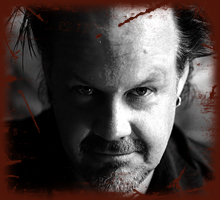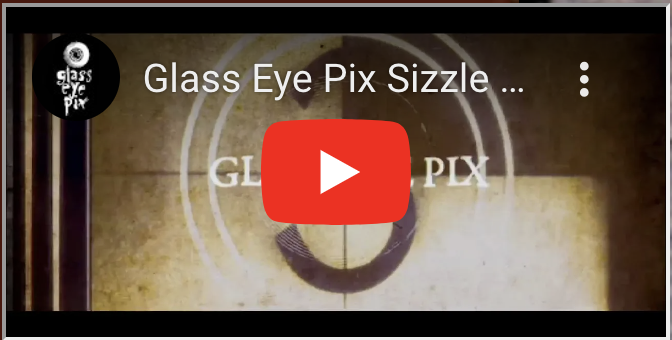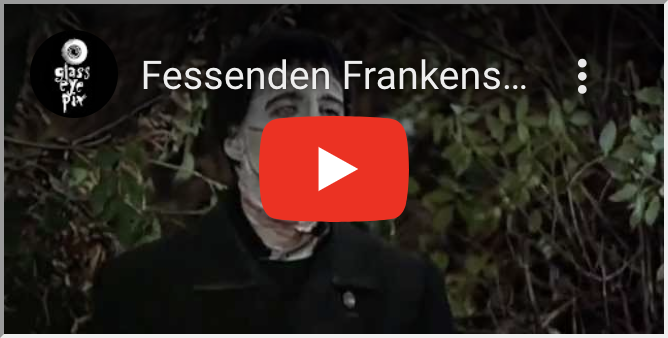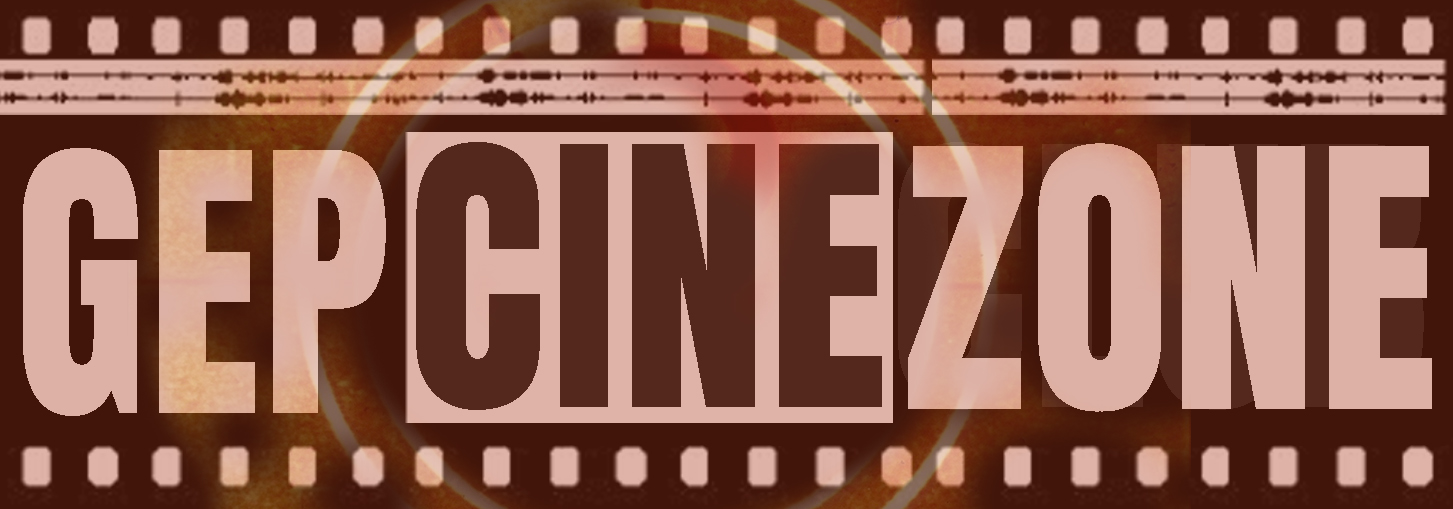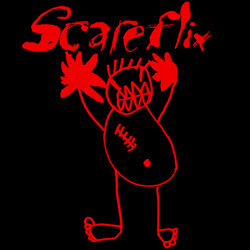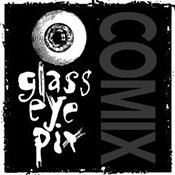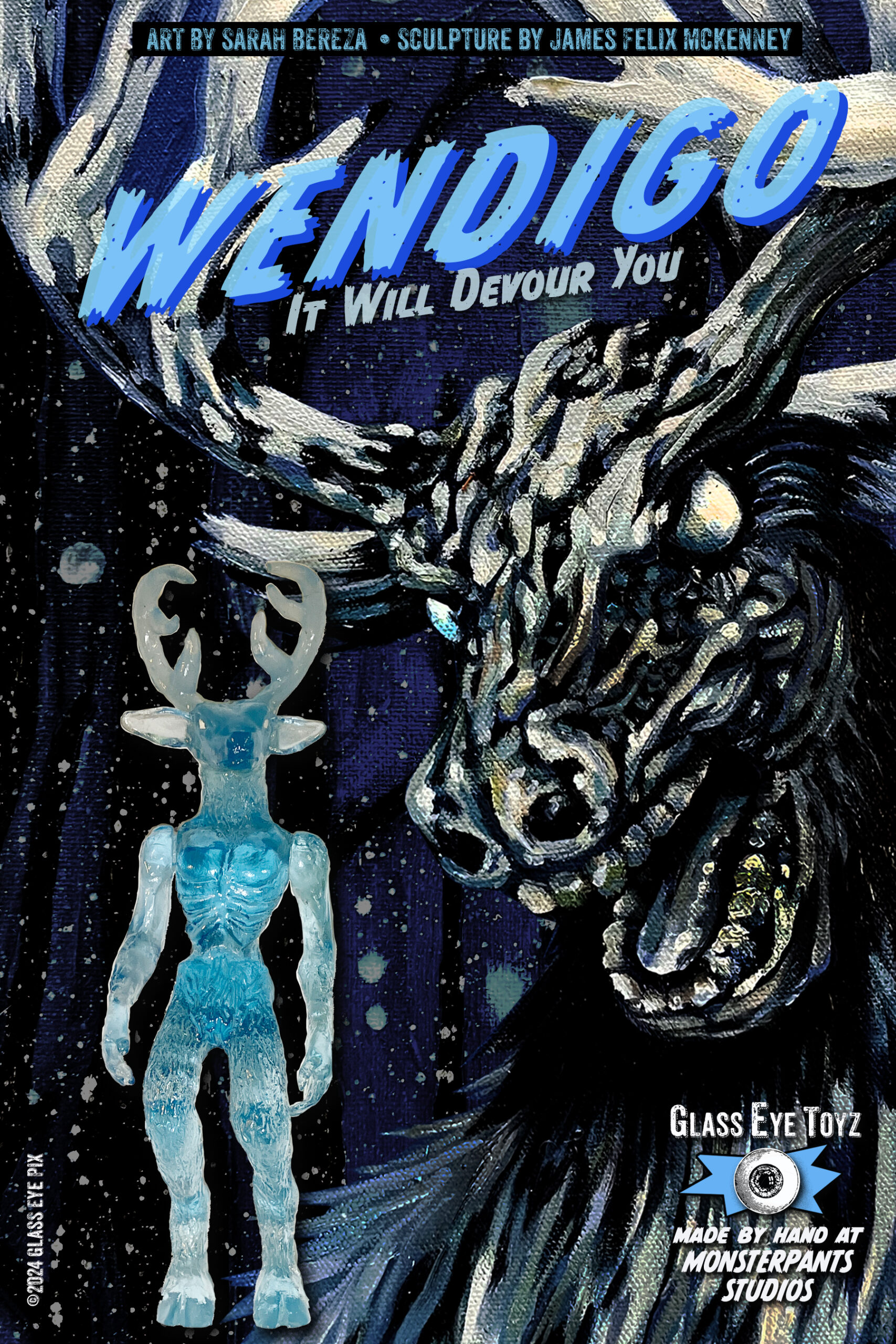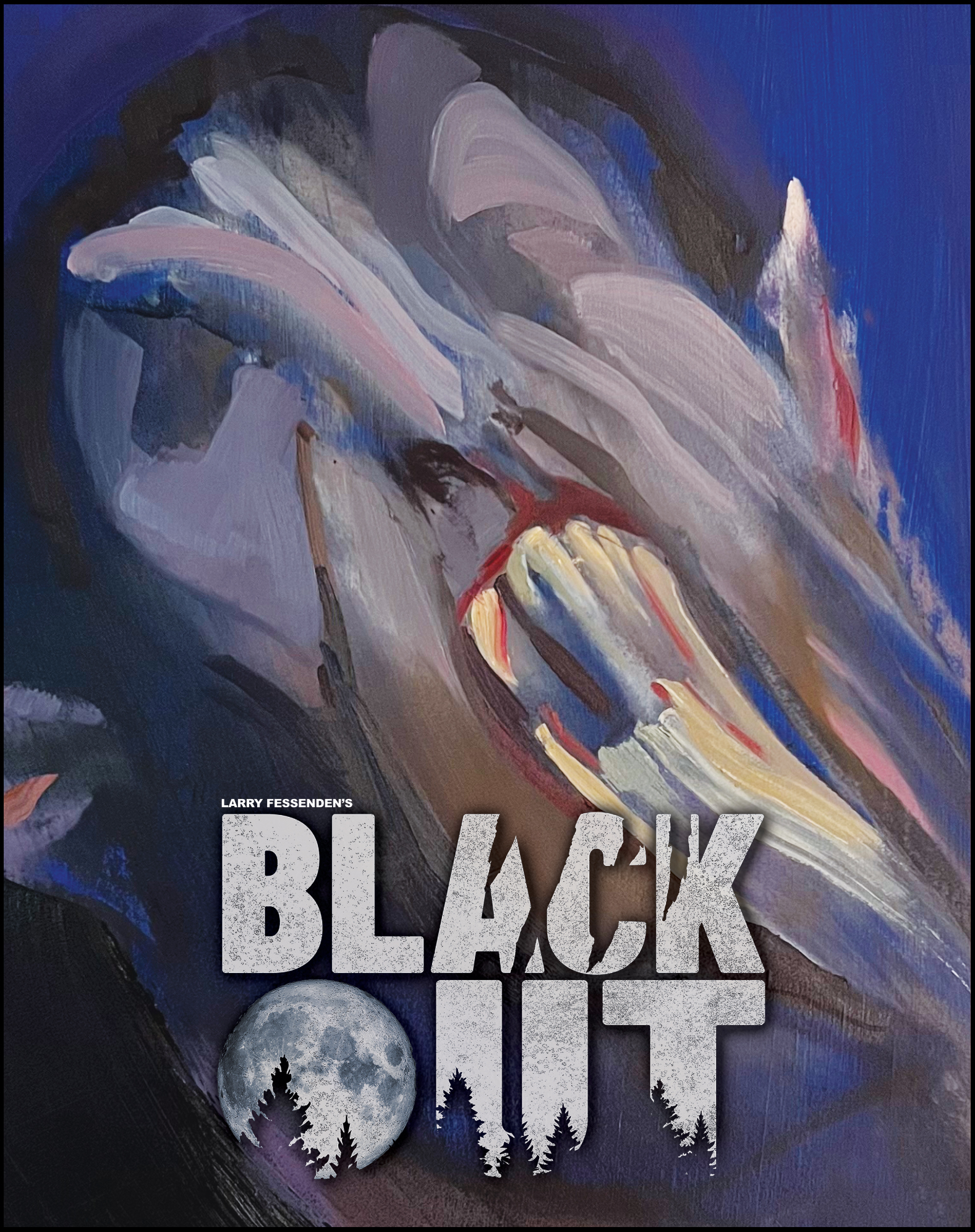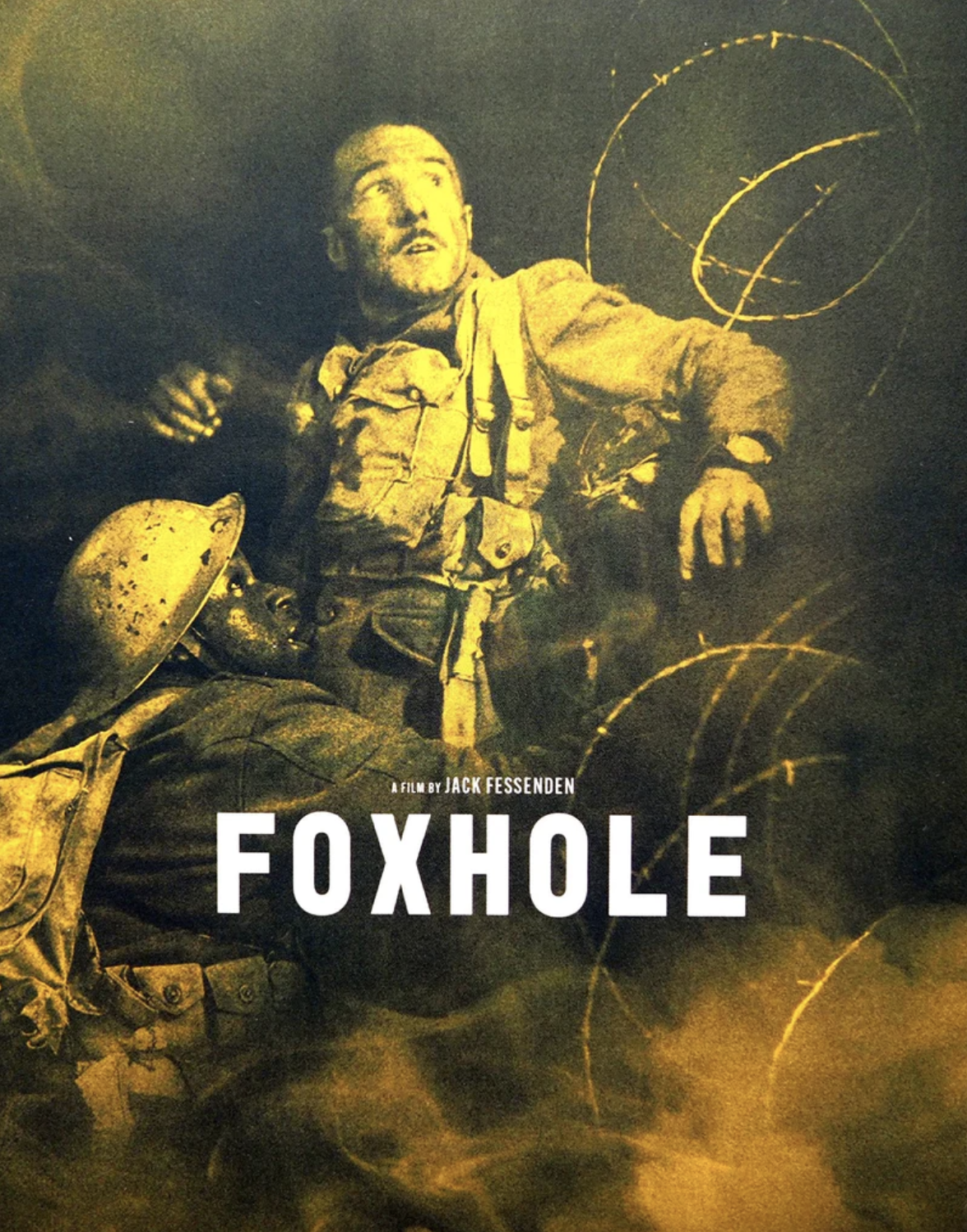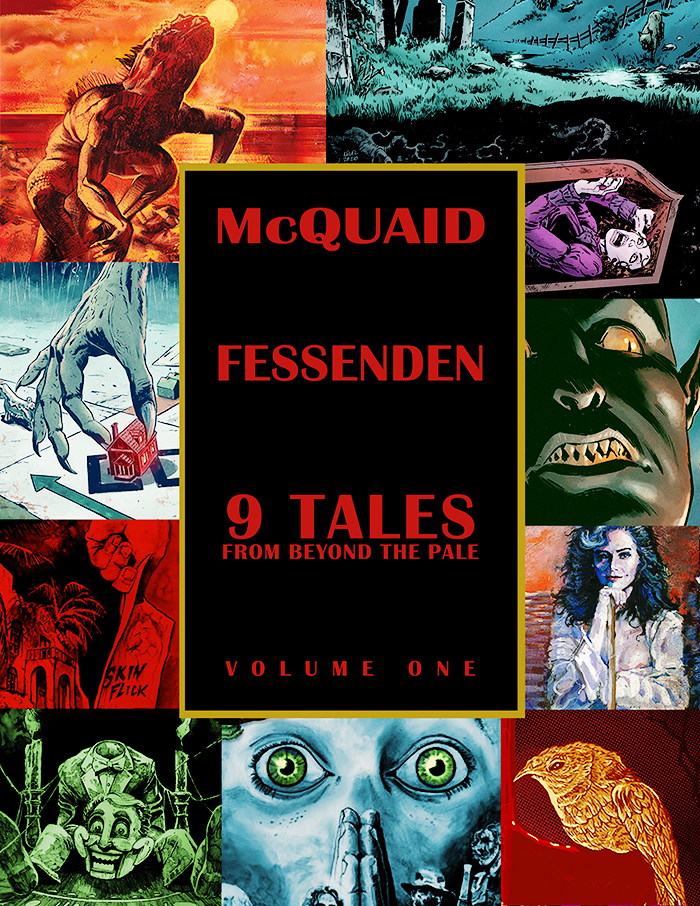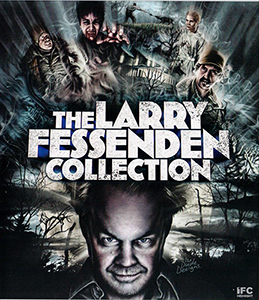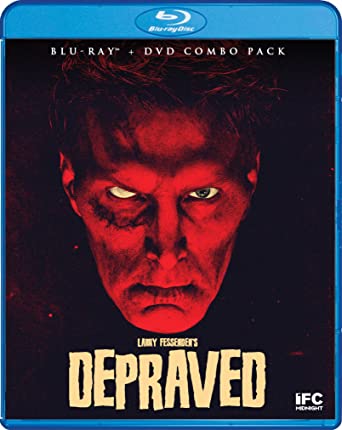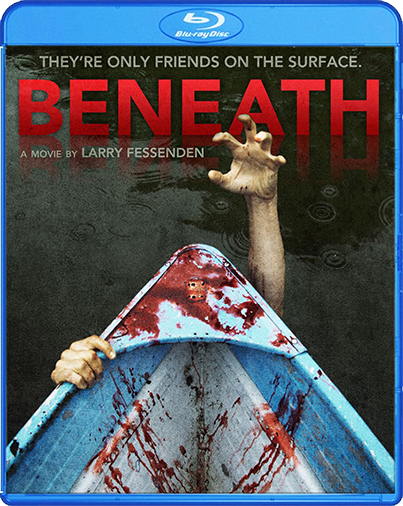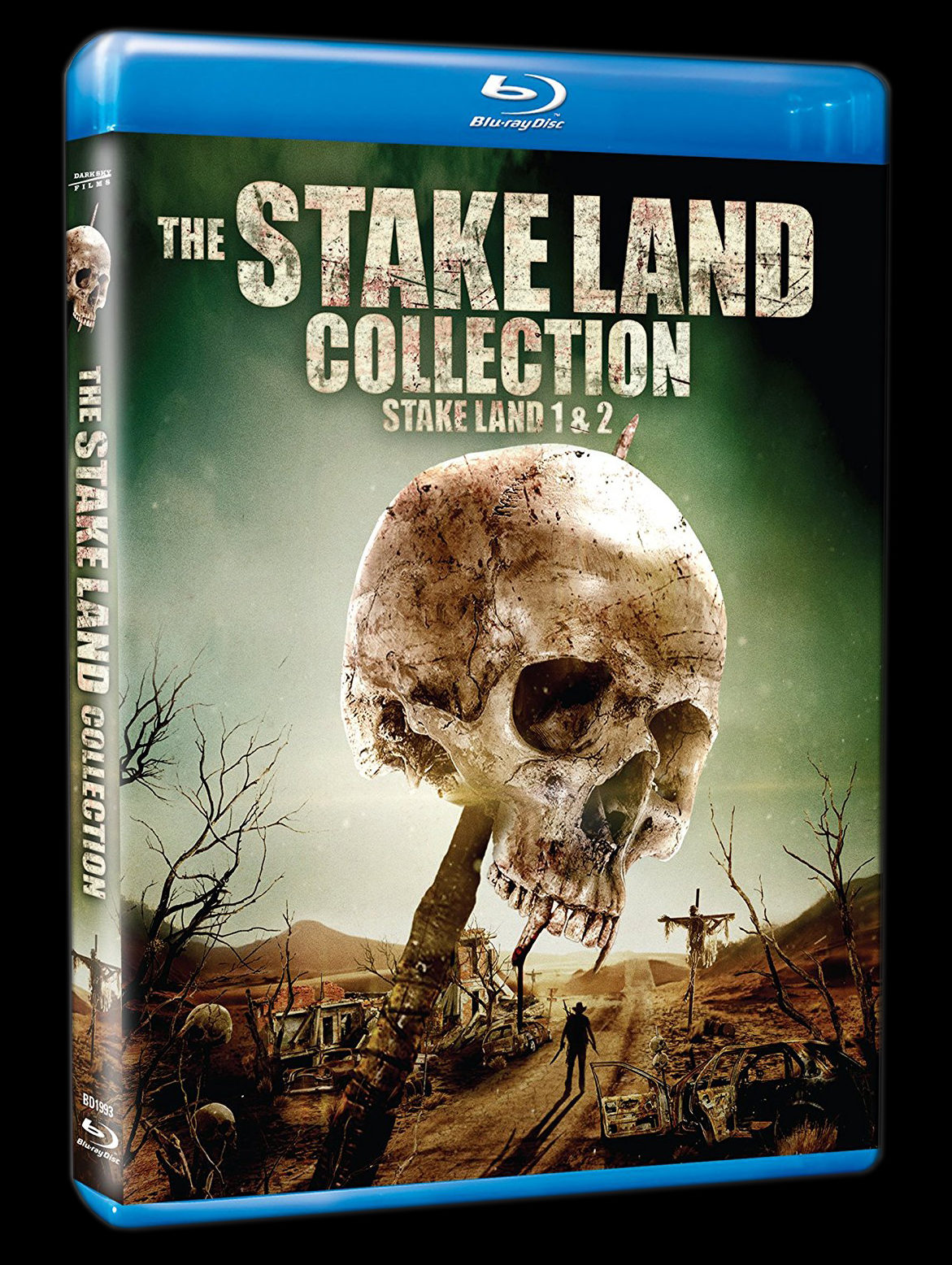Longtime GEP pal Steven Schlozman
tells it like it is in Psychology Today essay
(with a shout-out to The Last Winter)
- There is evidence that more kids are watching horror films.
- Kids are increasingly worried about their future.
- We can use horror films to better understand and address the fundamental anxieties of our youth.
I’m a child psychiatrist and lately, I’ve noticed a clear uptick in the number of kids who seem to find solace in horror movies. There is evidence supporting this observation that the average age of horror audiences is younger than the overall moviegoing crowd. Because I’m a consult-liaison psychiatrist, these children and adolescents don’t really know me the way a long-term patient could. When we meet, they are unlikely to know of my love for this genre.
My job is to see these kids when they come into the hospital, and more and more, these kids volunteer their love of and willingness to talk about horror without my even asking them about the kind of media they consume. When I do ask, I never ask, “Do you like horror films?” I just ask what kinds of movies, shows, or internet content they prefer, and I’m certain there are more saying horror now than at any other time in my career.
That these kids mention horror more often might be the result of the increasing acceptance of the genre. It also might be related to the ample availability of streaming media. Why are kids turning to horror films more than they used to?
Let’s start by looking at the state of modern horror films. There’s no doubt that these stories are enjoying a resurgence, and most agree that this resurgence is related to the breadth of the genre itself. Horror films can be impressively timeless and uncomfortably timely. Their prescience is often unrivaled. The boldness and breadth of the narratives of horror stretch wider and more daringly than any other genre of onscreen storytelling.
These films can be transgressive or conforming. They can be gory or show not even an ounce of gore. Horror films make taboos understandable and make that which is, on the surface, totally acceptable and uncomfortably taboo. Find me another genre with this kind of versatility.
Two currently entirely different films–The Banshees of Inisherin and Barbarian – have both been referred to as horror. One is a dark tragicomedy about friendship, and the other is a gonzo nightmare of the strange way we wander willingly into other people’s houses as part of the Airbnb revolution. Two films, on their surface, could not be more different, but they still conjure the word “horror” in critics’ analyses. What, then, do these films have in common?
Both stories ask us to ponder puzzling and troubling predicaments that humanity conjures over and over again. Given how many different kinds of horror exist, it’s no wonder that people have a hard time defining the genre itself. Part of this is related to our cultural tendencies to remove stories from the horror category when these films are considered sophisticated or nuanced. Calling a good film a horror film has only recently oozed into our accepted cultural sensibilities.
I’ve been celebrating this genre for a while. I’ve spoken at academic and non-academic gatherings about the power of this kind of storytelling. I’ve written two horror novels and had the opportunity to meet with horror film directors. I guess I’m saying all of this to establish my horror chops (so to speak), and that’s because I’d like to make a few observations.



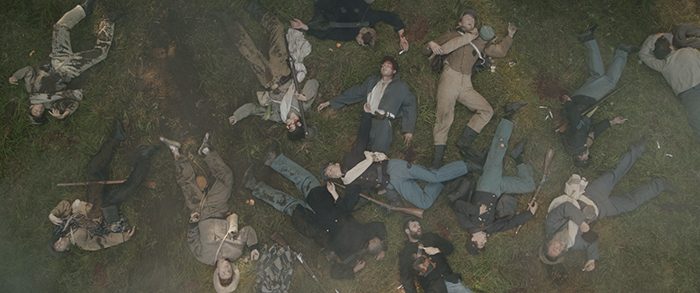
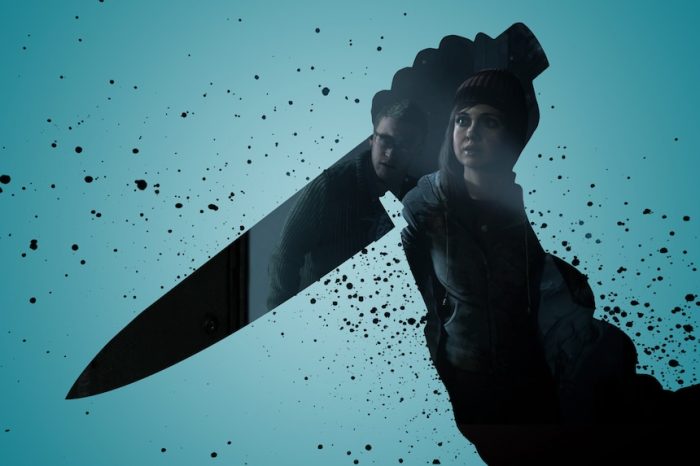
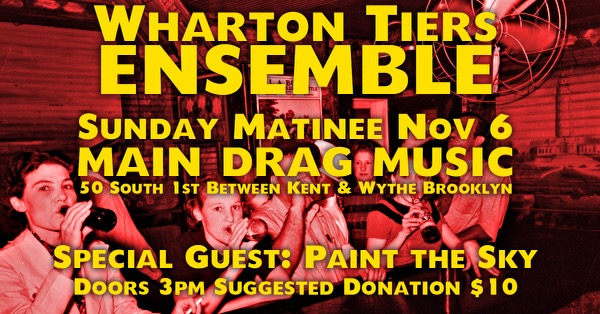
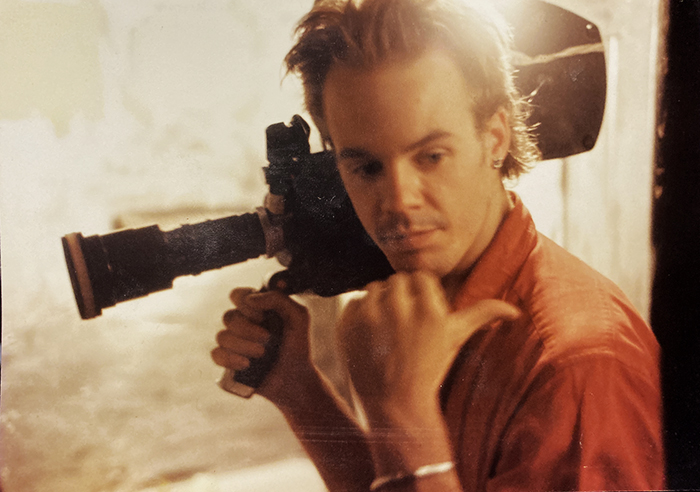
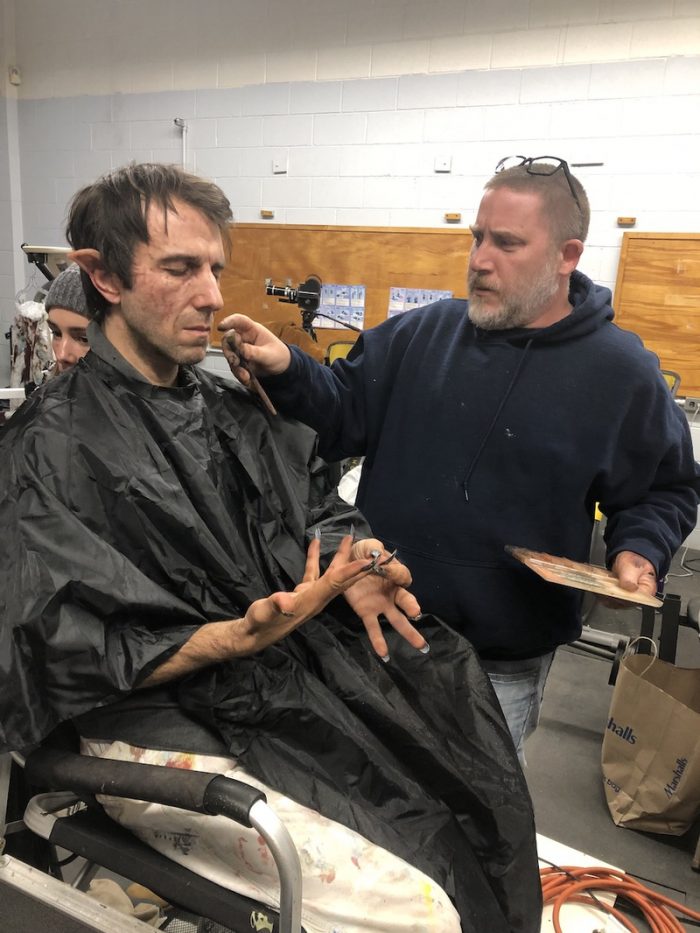 The makeup effects were created by another pair of frequent team members, Brian Spears (pictured below with Hurt) and Peter Gerner.
The makeup effects were created by another pair of frequent team members, Brian Spears (pictured below with Hurt) and Peter Gerner.